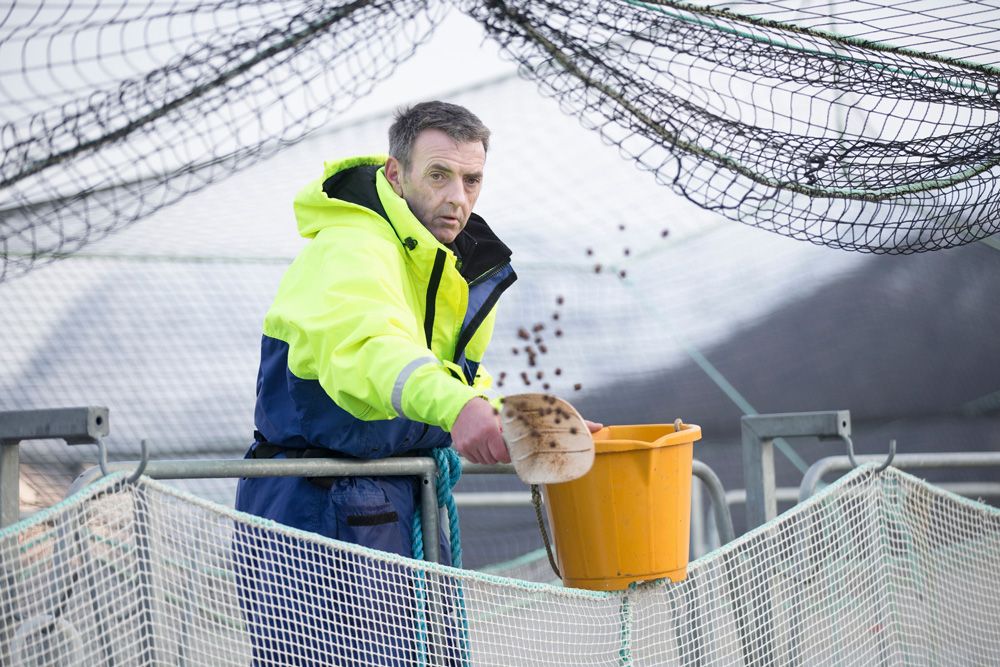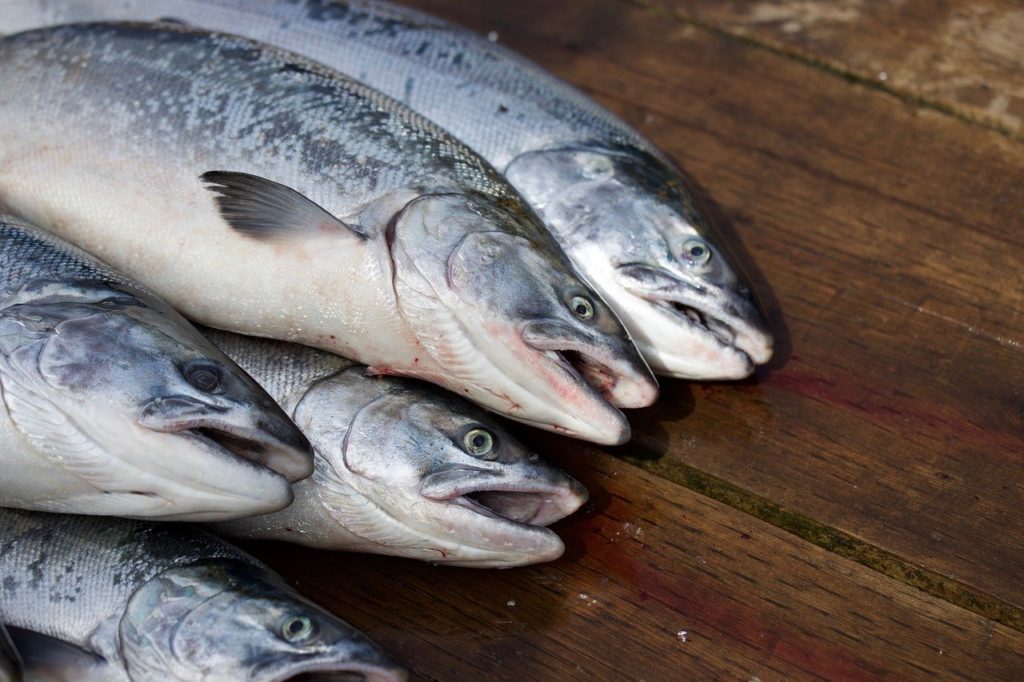Aquaculture has a tricky reputation; the fish meal is one reason why. But with new research from the Swedish University of Agricultural Sciences (SLU), the unsustainable fish feed can become a problem of the past.
Low in saturated fats and high in omega-3, fish has become a popular food choice. Some regions of the world, like Oceania or coastal countries in Asia and Africa, have always had fish-based diets, but recent trends in healthy eating among Americans and Europeans has driven the demand up. Now, we eat fish twice as fast as the fisheries can reproduce. So, unfortunately, the change of heart in eating habits depleted global fish stocks. And, more and more of the fish we eat comes from fish farms.
But the origins of fish feed are yet another sustainability controversy.
Quality fish meal is essential for optimum development, growth and reproduction of the fish. Traditionally, fish meal has been made of wild-caught fish or by-products of fish waste. This conventional method doesn’t only put pressure on marine resources, but also competes for food security because local people could eat the small nutritious fish, instead, it is used for animal feed.
Plant-based feeds were developed to address these concerns. And in the last three decades, plant-based feeds took over animal-based feeds and became the main ingredient for fish meal across the aquaculture industry.
However, this solution brought other challenges: the production of plant-based feeds increases the pressure on land. For example, soy, which is often used for making fishmeal, requires a lot of land, fertilizer and freshwater. Soy farming is notorious when it comes to deforestation in the Amazon and environmental destruction in the Brazilian Cerrado. That is why, for instance, Norwegian farmed salmon producers banned fish meal ingredients made from Brazillian soy.
So, the fish industry is still on the lookout for a better protein substitution.

